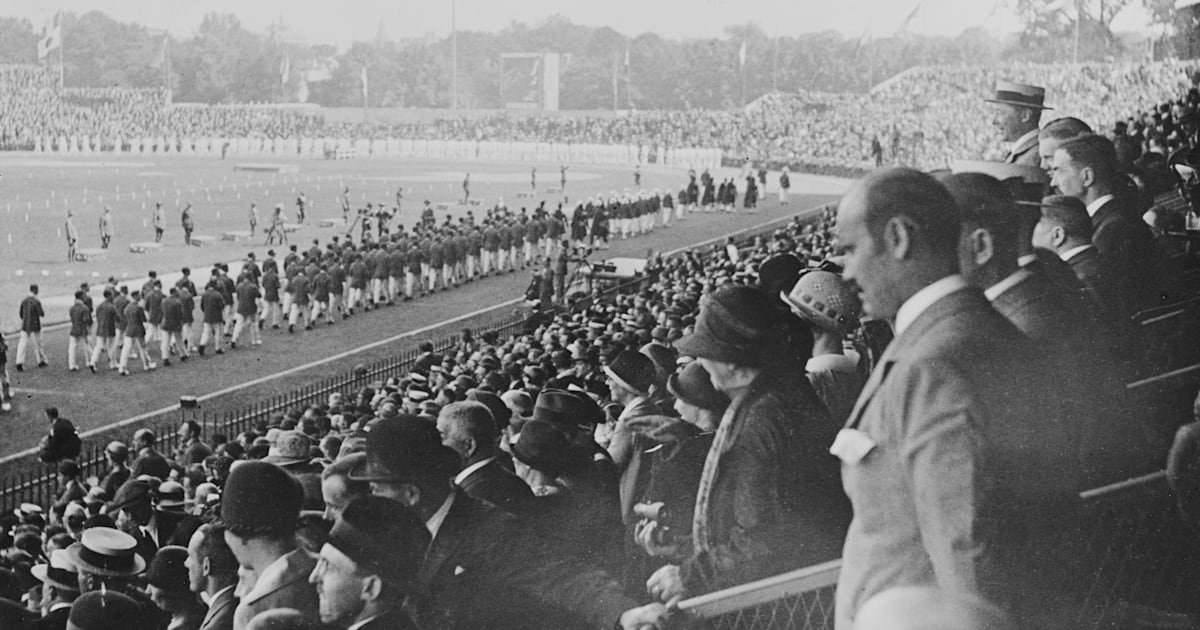World
FIFA threatened with legal action over Club World Cup scheduling

FIFA has been threatened with legal action by FIFPro and the World Leagues Association, the bodies representing professional players and leagues, if it does not reschedule the 2025 Club World Cup in the United States.
As first reported by The Times, the two organisations have written a joint letter to FIFA, seen by The Athletic, to raise concerns over the governing body’s expanding international match calendar and the impact this is having on player welfare and the organisation of domestic leagues.
Professional players’ union FIFPro and the World Leagues Association — which represents 46 domestic league competitions worldwide, including Europe’s top five leagues and MLS — have taken particular issue with the 2025 Club World Cup, which has been increased to 32 teams and takes place over 29 days.
They state if the governing body is unable to commit to a resolution, their members will be informed of their options, including legal action, of which the bodies say they have already sought external advice over.
The letter does not propose alternative dates for when the tournament, which is enthusiastically supported by many of the clubs competing within it, should instead take place.
FIFPro and the World Leagues Association has also asked FIFA to reconsider its international match calendar at this month’s FIFA congress.
The 2025 Club World Cup is the first edition of the expanded tournament, which will happen every four years. Next summer’s tournament will include 12 European teams, six CONMEBOL clubs and four teams from CONCACAF and takes place in the U.S. between June 15 and July 13.
FIFA says the Club World Cup schedule — which will see 63 matches played between June 15 and July 13 — has been aligned with the international match calendar to allow sufficient time between the tournament final and the start of the new season in domestic leagues across the globe to ensure player welfare is safeguarded.
It adds that the Club World Cup and Intercontinental Cup will only constitute 2.3 per cent of matches organised at club level across a four-year playing cycle.
The tournament had previously taken place annually, with seven teams competing. This competition will remain but has been rebranded as the Intercontinental Cup. FIFPro and the World Leagues Association have also requested FIFA reconsider this competition.
GO DEEPER
The new Club World Cup will miss many of the world’s biggest sides. Does it matter?
FIFPro raised concerns over Club World Cup when the new format was first announced, saying it “demonstrates a lack of consideration for the mental and physical health of participating players, as well as a disregard for their personal and family lives”.
The European Club Association — the body that represents the interests of teams taking part in UEFA club competitions — meanwhile praised the revamped competition upon its announcement, calling it “fantastic news for club football in general”.
Last month, Premier League chief executive Richard Masters criticised FIFA for their lack of consultation over the competition.
“The feedback we have from players is that there is too much football being played,” he said. “If you pour more liquid into the cup that’s already full, it will overflow.”
The revamped tournament will contain eight groups of four teams, with side each playing each other once as the top two qualify for the knockouts, beginning with a last-16 round. Those knockout games will be single-legged and there will not be a third-place play-off.
Subsequently, the international match calendar has been altered from 2025 to see one extended international break in late September and early October replacing two separate windows.
The Club World Cup previously took place around the turn of the calendar year, during the traditional European domestic season, but the 2025 edition will come in the middle of the year, during the North American and South American domestic seasons.
(Giuseppe Cacace/AFP via Getty Images)









